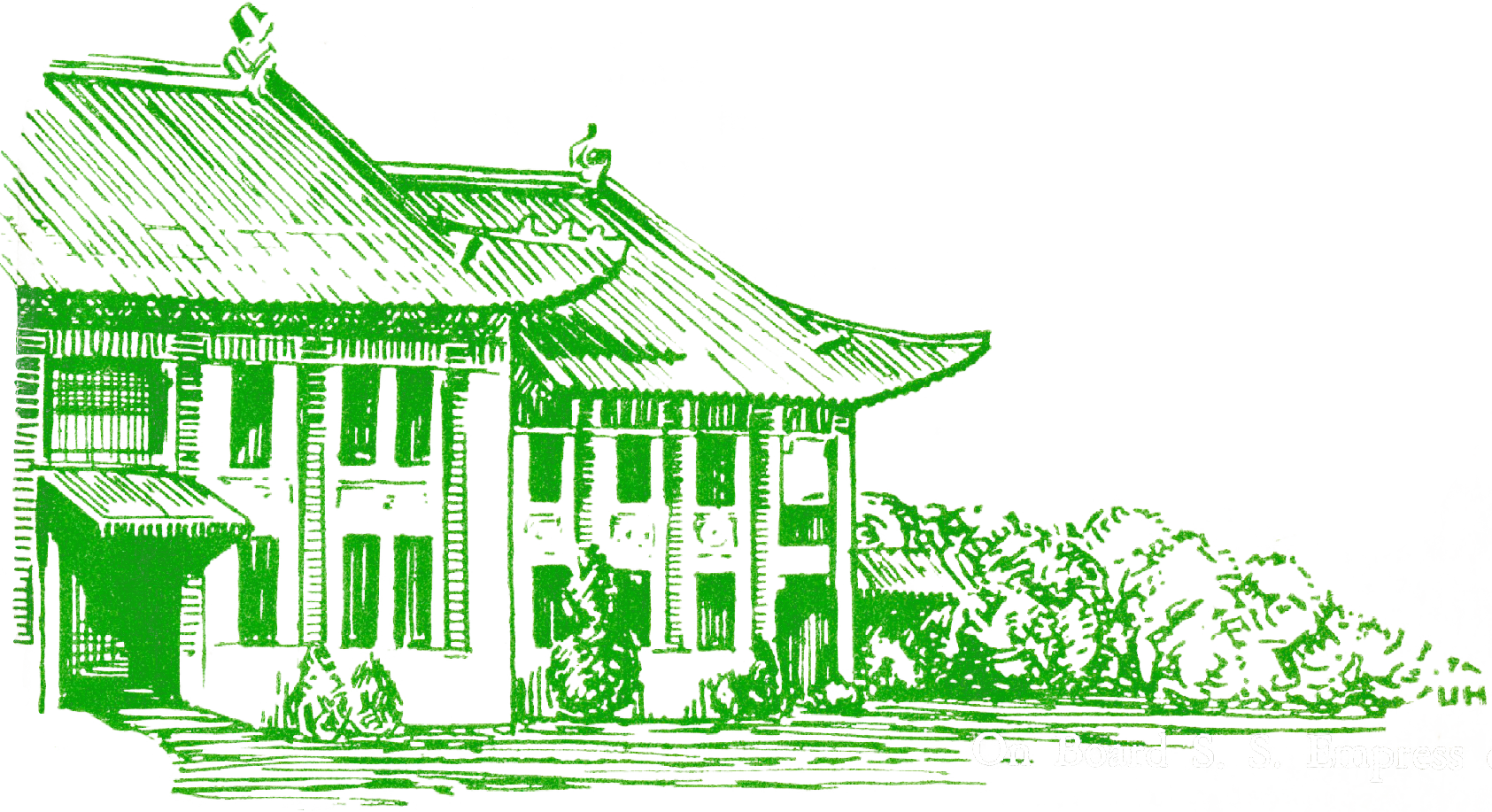Protestant Missionary History in China
Protestant missions in China, spurred by the Second Great Awakening, were largely a phenomenon of the 19th and early 20th centuries.. Most missionaries were backed by Protestant organizations, but in the first years, they were restricted to a limited area of the Thirteen Factories in Canton, known today as Guangzhou and Macau. Although Protestant missionaries often attempted to distance themselves from politics, they were impacted greatly by clashes between the Qing Dynasty and foreign powers. Both the First and Second Opium Wars resulted in access to more territory for the missionaries. In addition, the missionaries were indirectly tied to the Taiping Rebellion, as the leader of the rebellion, Hong Xiuquan, led the Rebellion under pretext of a “Heavenly Kingdom” which was Protestant in nature. Similarly, the missionary community was impacted by politics because they suffered great losses during the Boxer Rebellion of 1900. Despite this, the Boxer Rebellion actually resulted in a rise in missionary activity in China, and the period from 1900 to 1925 was called a “Golden Age." However, as the KMT led the Northern Expedition from 1925 through 1927, there were many attacks missionary action. After the Chinese Communist regime was victorious in 1949, the regime suppressed all religion and ultimately forced all remaining missionaries to leave the nation.
Furthermore, women missionaries in particular occupied an important place within the Protestant missions. Due to Confucian norms in China, men were not able to interact with Chinese women, so women missionaries were essential to spread the gospel to Chinese women. Women missionaries attempted to bring education to Chinese women in order to lessen the gendered hierarchies in China. Additionally, women missionaries were essential in the campaigns against opium and foot binding.
